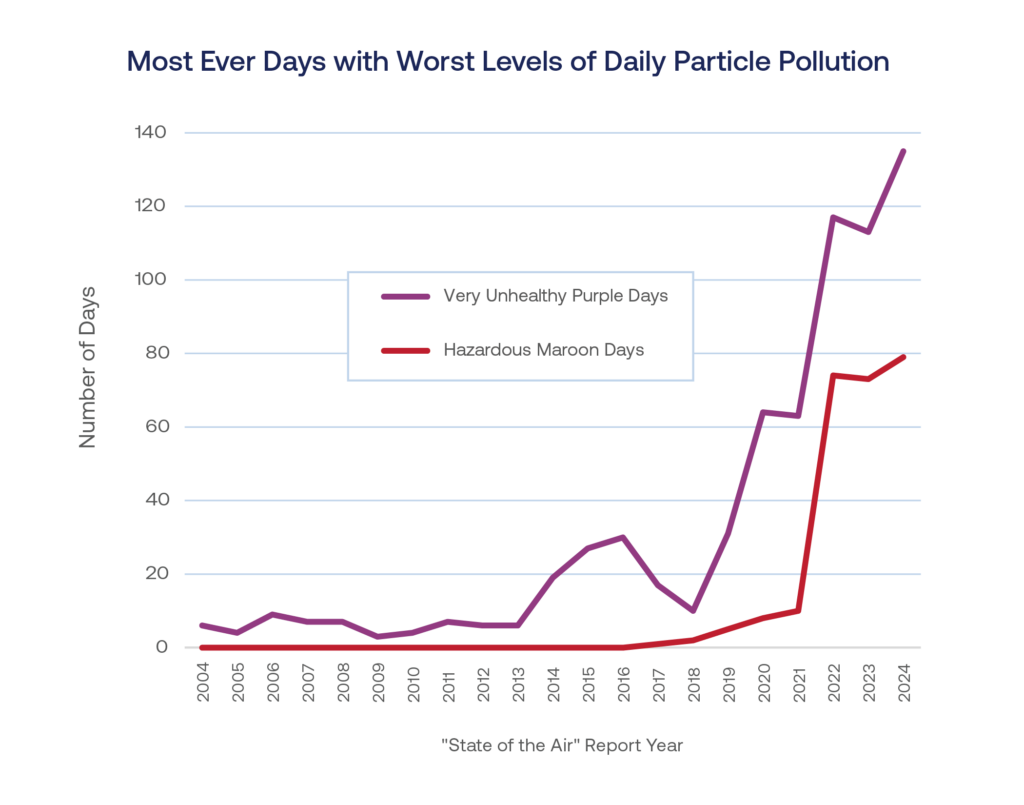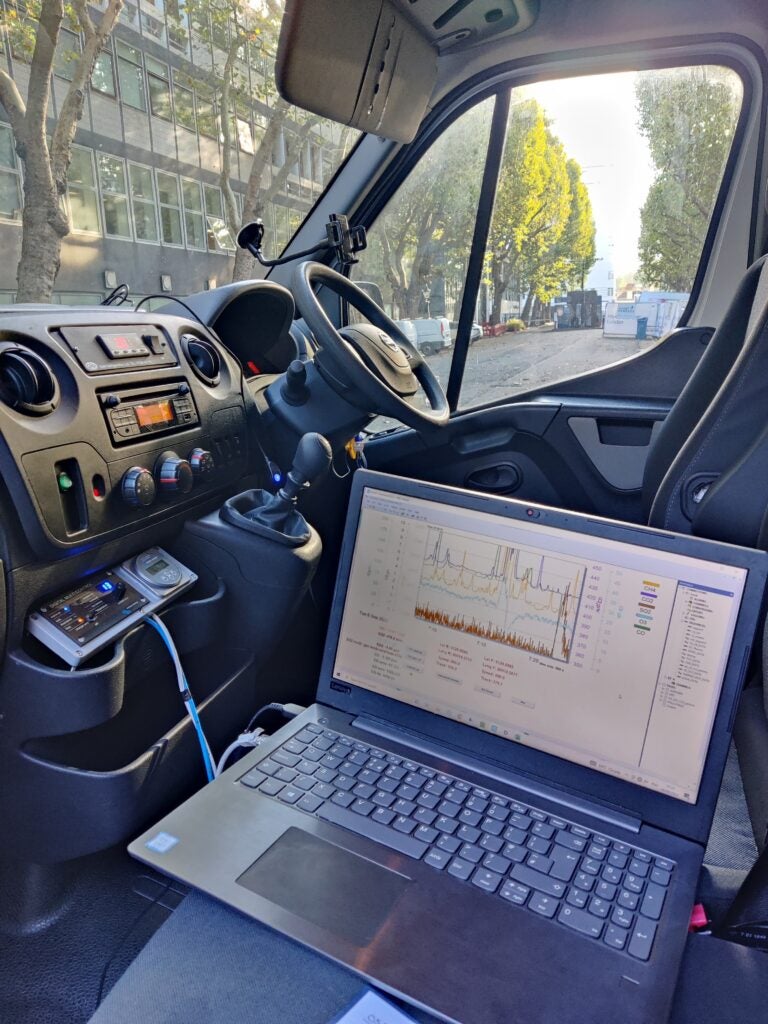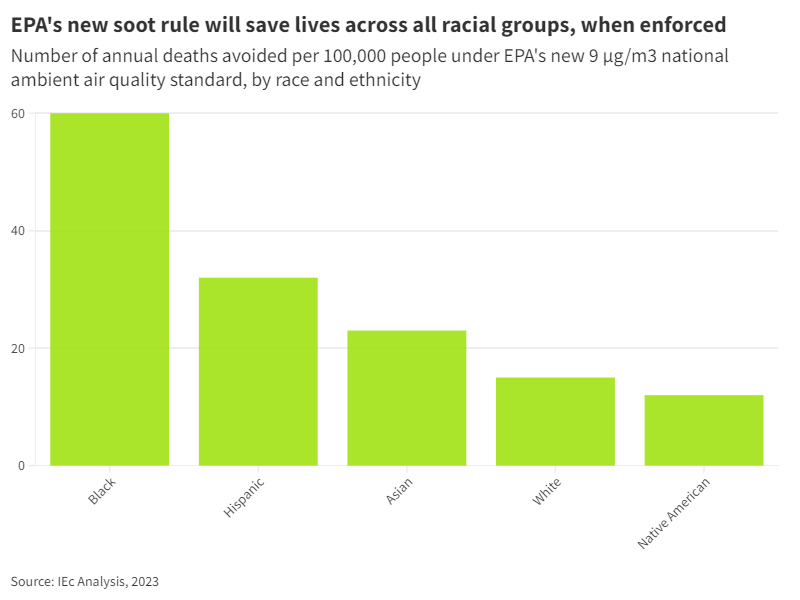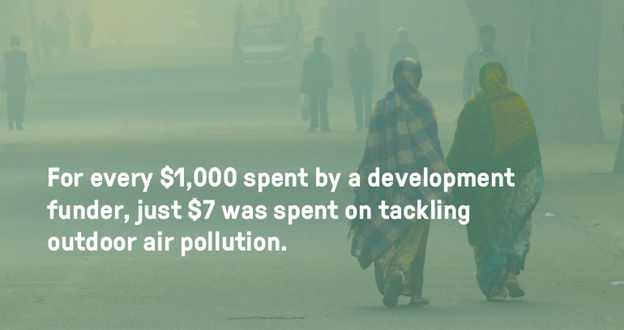What’s new: The Health Effects Institute’s new State of Global Air 2024 report finds that air pollution ranks as the second leading risk factor for death, including for children under 5. Yes, you read that right. Air pollution is now the second leading risk factor for death, contributing to an estimated 8 million deaths in 2021. That’s more than deaths due to poor diet and even tobacco.
Why it matters: The report further sounds the global alarm bell on the devastating health impacts of air pollution, contributing to heart disease, stroke, diabetes, lung cancer and chronic obstructive pulmonary disease (COPD). It analyzes air quality data and health impacts globally and details exposure levels and related health impacts of nitrogen dioxide (NO2), which is associated with vehicle traffic, a major global source of both poor air pollution and greenhouse gases.
Our take: While sounding a critical alarm bell on the urgency of this issue, the report also provides insights into where to focus solutions. Here are my top takeaways:
- The hardest hit are the oldest and youngest. Long-term exposure to PM 2.5 contributes to diseases including heart disease, lung cancer, chronic obstructive pulmonary disease (COPD), stroke, type 2 diabetes, lower respiratory infections and adverse birth outcomes that disproportionally impact the elderly and young. We need to target health prevention, education and emission reduction strategies to better protect these sensitive populations.
- There are disparities between nations. Populations from low- and middle-income countries are exposed to 1.3-4 times as much PM 2.5., and countries in South Asia and Africa face the highest disease burden. We need to direct the resources where the problem is greatest. Yet, according to the 2023 State of the Global Air Quality Funding report by the Clean Air Fund, only 1% of international development funding went towards air quality over the past 6 years. And from 2017-2021, the entire continent of Africa received only 5% of the total funding for air quality. The gravity of the air pollution health crisis demands a far deeper global investment given the tremendous health care costs of air pollution—which the World Bank has estimated at $8 trillion or 6% of global GDP.
- Climate change is making this worse. Many sources of air pollution also emit greenhouse gases, like tailpipe emissions from vehicles, worsening air quality as they warm the planet. Climate change intensifies droughts, contributing to severe wildfires and dust storms that increase fine particle pollution. Meanwhile, more frequent heat waves enable pollutants like nitrogen oxides to speed the formation of harmful ozone, exposure to which is increasing in many regions. The report underscores the connection between the climate crisis and its toll on human health. The connection between air pollution and climate change requires an integrated approach when assessing the benefits and costs of climate mitigation solutions, from reducing emissions from oil and gas operations to increasing public transit and switching to renewable energy sources.
- There is some good news. PM 2.5 levels seem to be stabilizing in some regions, and the disease burden from household air pollution has decreased. Further, there is progress in expanding the ability to measure and monitor air quality, especially in parts of the globe where little to no air quality monitoring was available on the ground. Understanding the sources and impacts of pollution at the local and regional scale is a critical step needed to better tackle harmful emissions.
The report points to progress in Senegal, South Africa, Morocco and Rwanda, where they are taking meaningful steps toward understanding local emissions and are improving their air quality monitoring networks. EDF is a partner in the Clean Air Catalyst program that is working in Nairobi, Kenya, Indore, India and Jakarta, Indonesia to expand air monitoring and management capacity and build partnerships to tackle significant sources of pollution, including that from transportation.
The State of the Global Air report is an important contribution to the global effort for clean air, providing robust analyses that indicate the severity of the problem and help inform where resources and solutions must be directed.
Air pollution is a global health crisis, and we have the solutions today that can improve the lives of millions and accelerate climate action.













